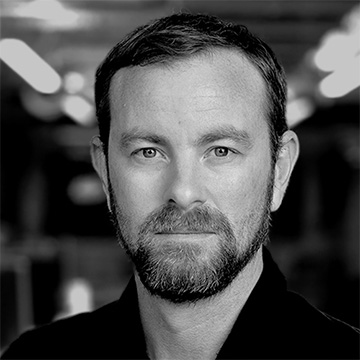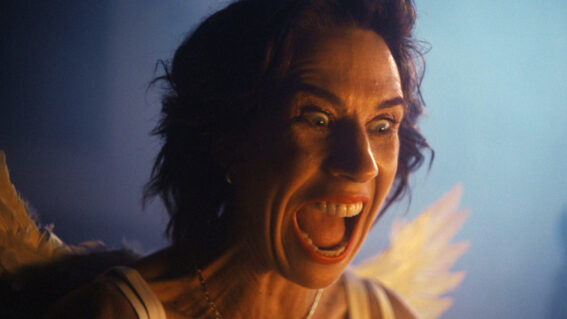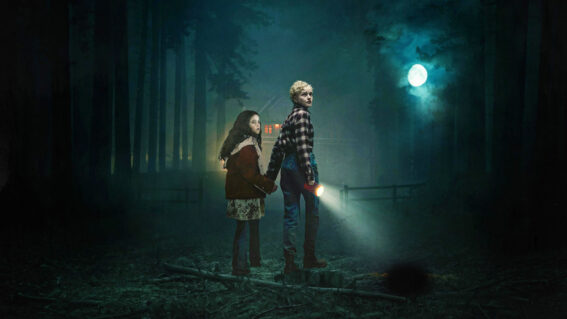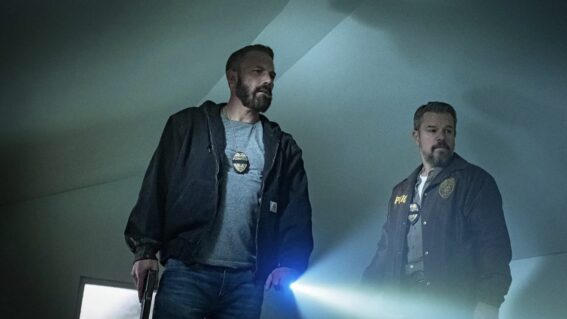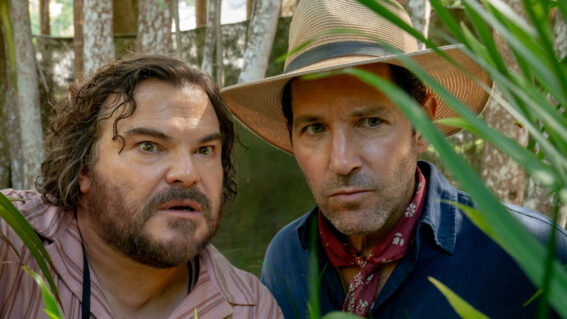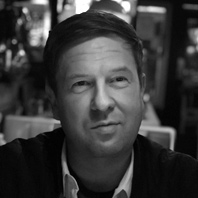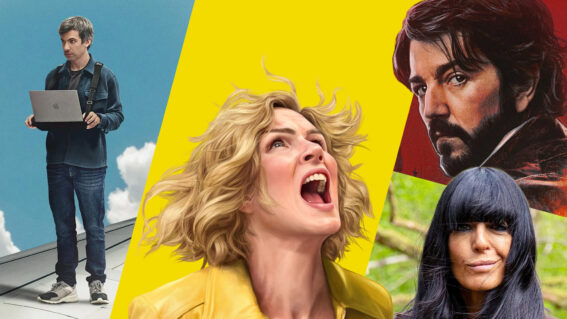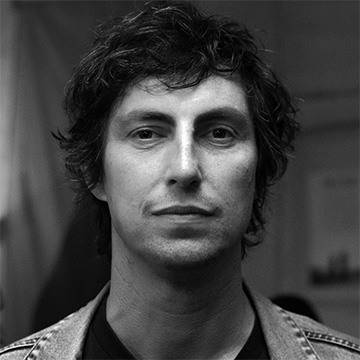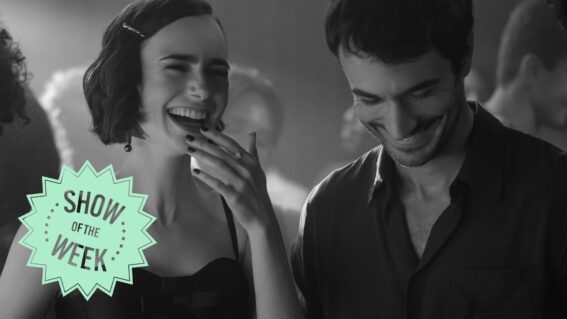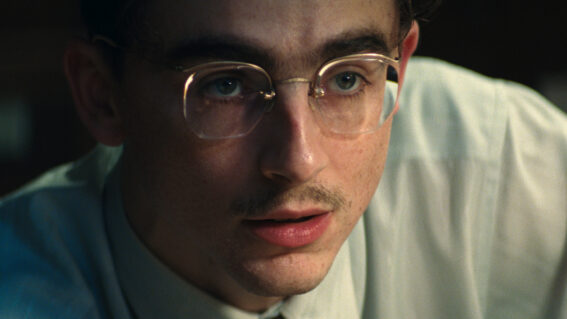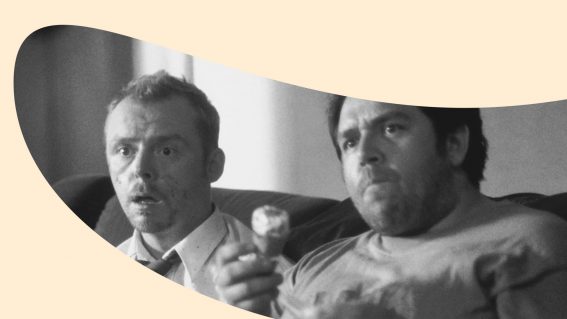Zombies without borders: Daryl Dixon and the global undead
Daryl Dixon has been hacking and slashing his way through the zombies of Europe – we follow in his bloody footsteps.
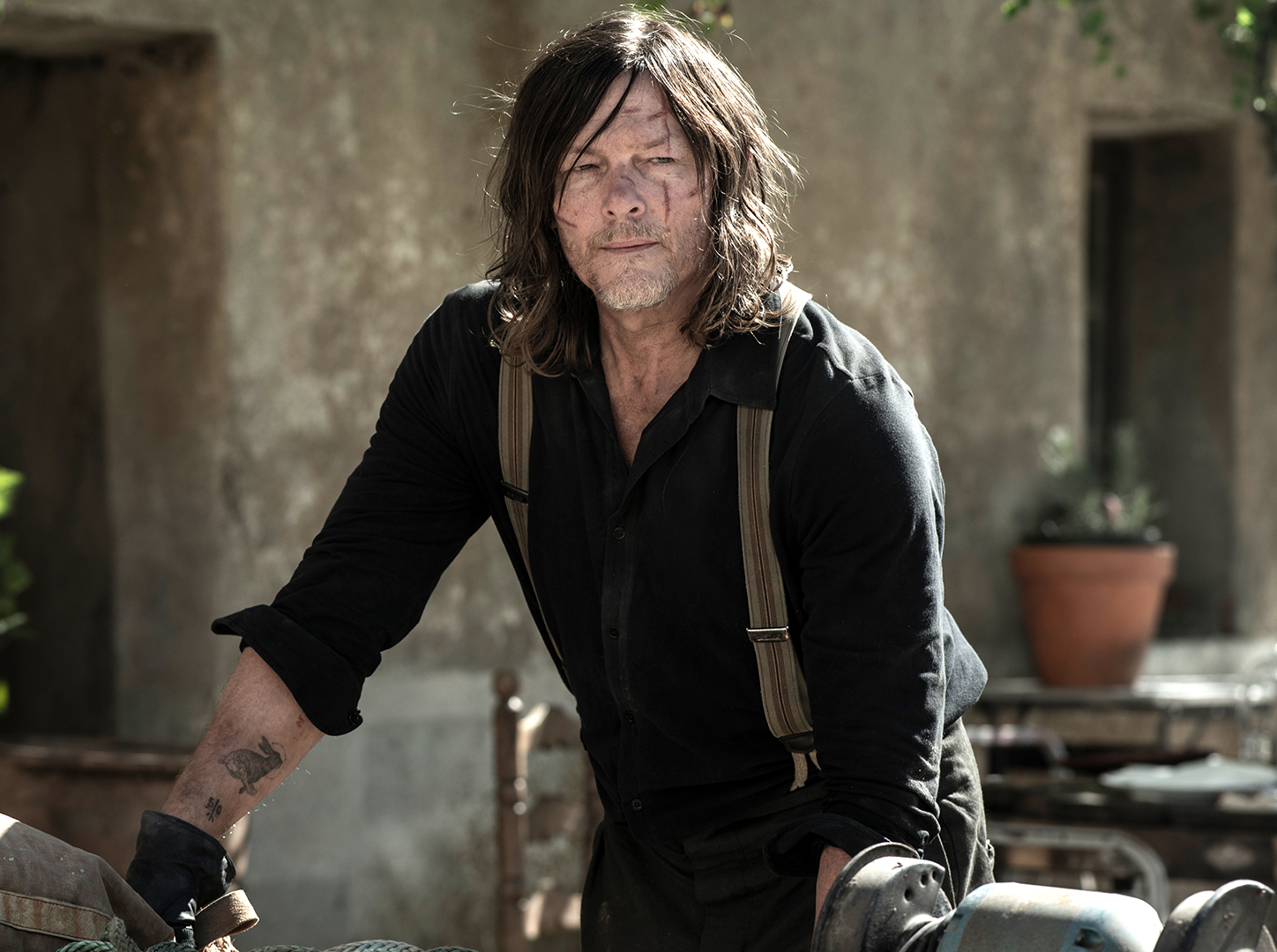
From ancient Syrian burial sites where skulls were deliberately smashed to prevent the dead from walking, to Mesopotamia’s Epic of Gilgamesh, where the goddess Ishtar threatens to “shatter the entrance of the underworld” and release “the dead to eat the living”, humanity’s fear of reanimated corpses goes back about as far as we do. The zombie, known as ‘draugr’ in Norse mythology, ‘jiang shi’ in China, ‘nzambi’ in West African traditions, among many other names, represents one of our species’ most primal terrors: the dead returning to life and attacking the living.
The Walking Dead is the most successful zombie franchise of all time. The TV adaptation of the comic books launched in 2010, starting off simply with just one man: a small-town Georgia sheriff named Rick. In the 15 years since, it’s mutated into an unruly amount of spinoffs, prequels, sequels, re-adaptations and more than all but the most intensely hardcore fans can be fully on top of. Franchise heartthrob Daryl Dixon has been hacking and slashing his way through Europe in one such spinoff, which returns this week with the third season of The Walking Dead: Daryl Dixon.
The Walking Dead: Daryl Dixon - Season 3
And fans should not be concerned—there is zombie violence thick and fast from the get-go, while Daryl’s hair is more magnificently luscious than ever. His long locks grow longer the more he gallivants through Europe, confirming thankfully that, like North America, that continent also doesn’t lack conditioner in the apocalypse. His biker-tough Southern drawl and deadpan economy of words and expressions are still going strong, ever the perfect match for that glorious mane. As the new season takes him from France to the UK and then Spain, it seemed as good a time as ever to celebrate the internationality of zombie pop culture, focusing on the four main countries we’ve seen Daryl in thus far.
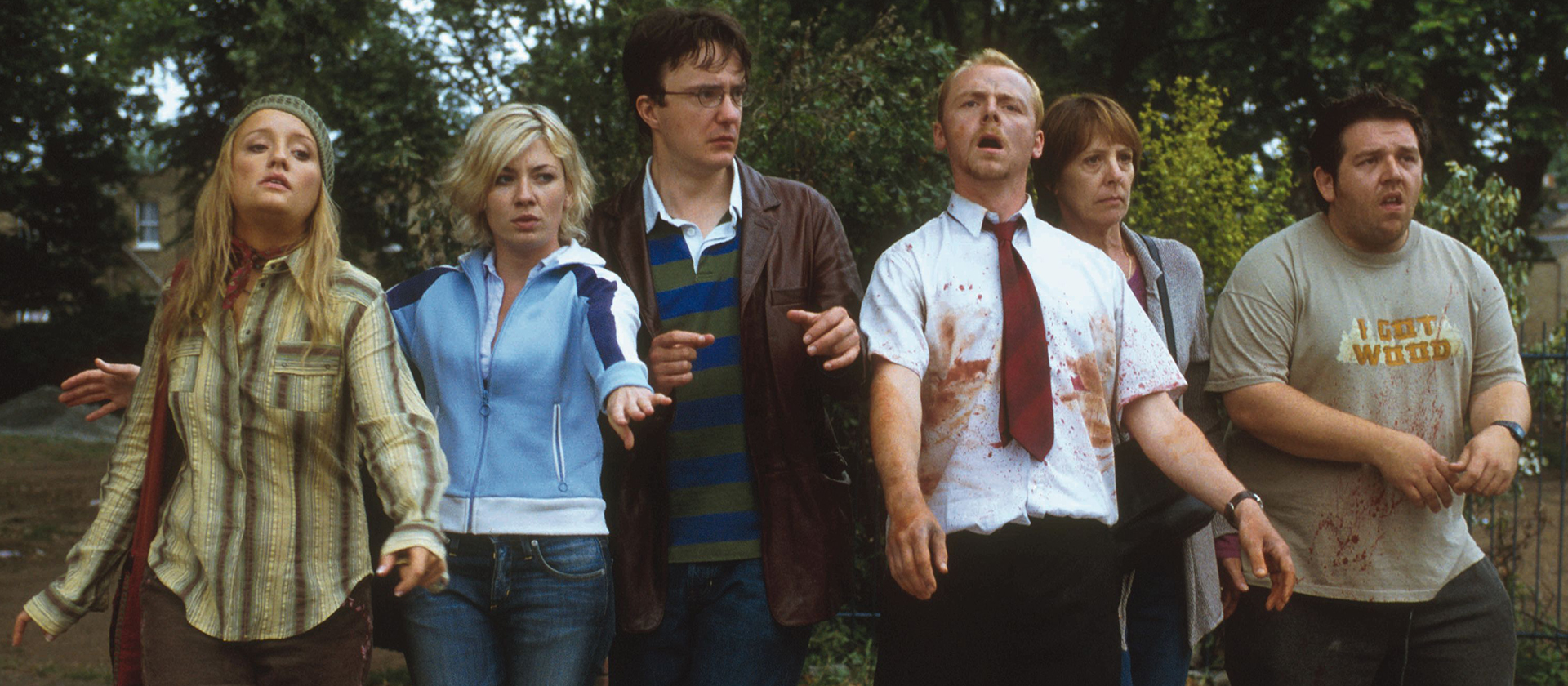
England
Many a dude in Medieval England was spooked by tales of revenants: vengeful corpses that returned to settle scores with the living. They weren’t mindless shufflers, but purpose-driven undead who stalked through Anglo-Saxon chronicles, lethally righting perceived wrongs.
Englishwoman Mary Shelley’s 1818 novel Frankenstein is not a zombie book, but is enormously influential as a story about the dead coming back to life. Later, Victorian-era fears of burial and ghosts cast cemeteries as haunted stages for Gothic horror.
Hammer Horror’s The Plague of the Zombies was released in 1966, two years before George A Romero birthed the movie genre proper. This fog-drenched flick about voodoo-controlled corpses rising in rural Cornwall lacks the cultural relevance of its American cousins, but is an underrated, distinctly British take on the undead. A few decades later, Danny Boyle launched the fast zombie with 28 Days Later, a thoughtful tale of rage, despair and decay.
Top movie pick: Shaun of the Dead. Despite being a comedy, this is one of the genre’s most brilliant films. Daryl Dixon season three even appears to pay homage with cricket bat head-smashing.
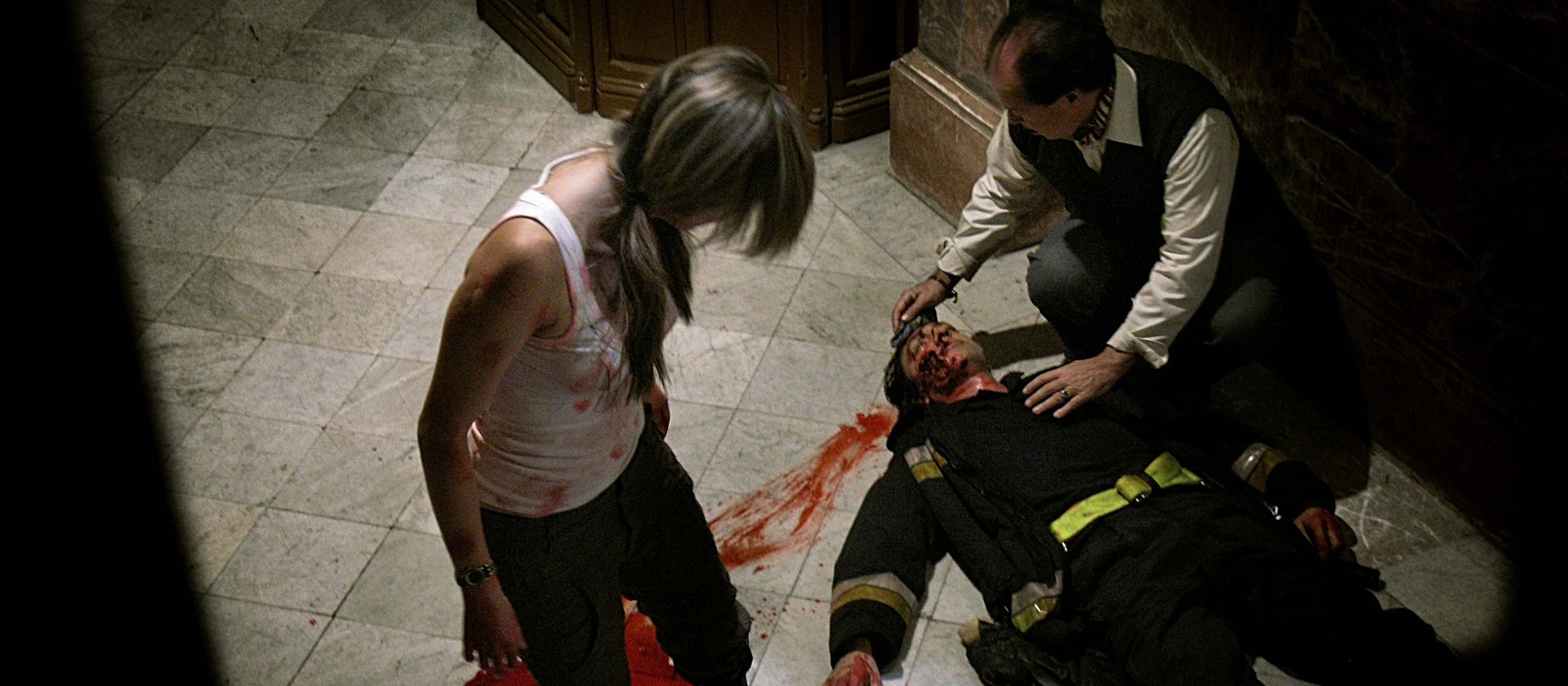
Spain
Spanish storytelling has always danced with the dead, shaped by traditions that blend Catholic rites and pagan roots. For centuries, hombres have spooked each other with tales of witches, werewolves, vampires and the Santa Compaña—a spectral procession cursed to roam the Galician hills after dark.
Franco’s dictatorship was bad for a lot of things, including art, thanks to its intense censorship. But when that ended in 1975, filmmakers like Jesús Franco went wild with their newfound freedom, churning out loads of sleazy, delirious shockers, many featuring zombies and other undead weirdos.
By the 2000s, Spanish horror had evolved beyond charming trash into a global genre heavyweight. Directors like Guillermo del Toro and J.A. Bayona delivered gothic-tinged modern classics that fused emotional heft with dread, blending Catholic guilt, historical trauma and the supernatural with slick production and global appeal.
Top movie pick: [REC]. Genuinely terrifying found-footage flick that traps viewers in a quarantined Barcelona apartment block. Not very gory for a zombie movie, but easily one of the scariest ever.
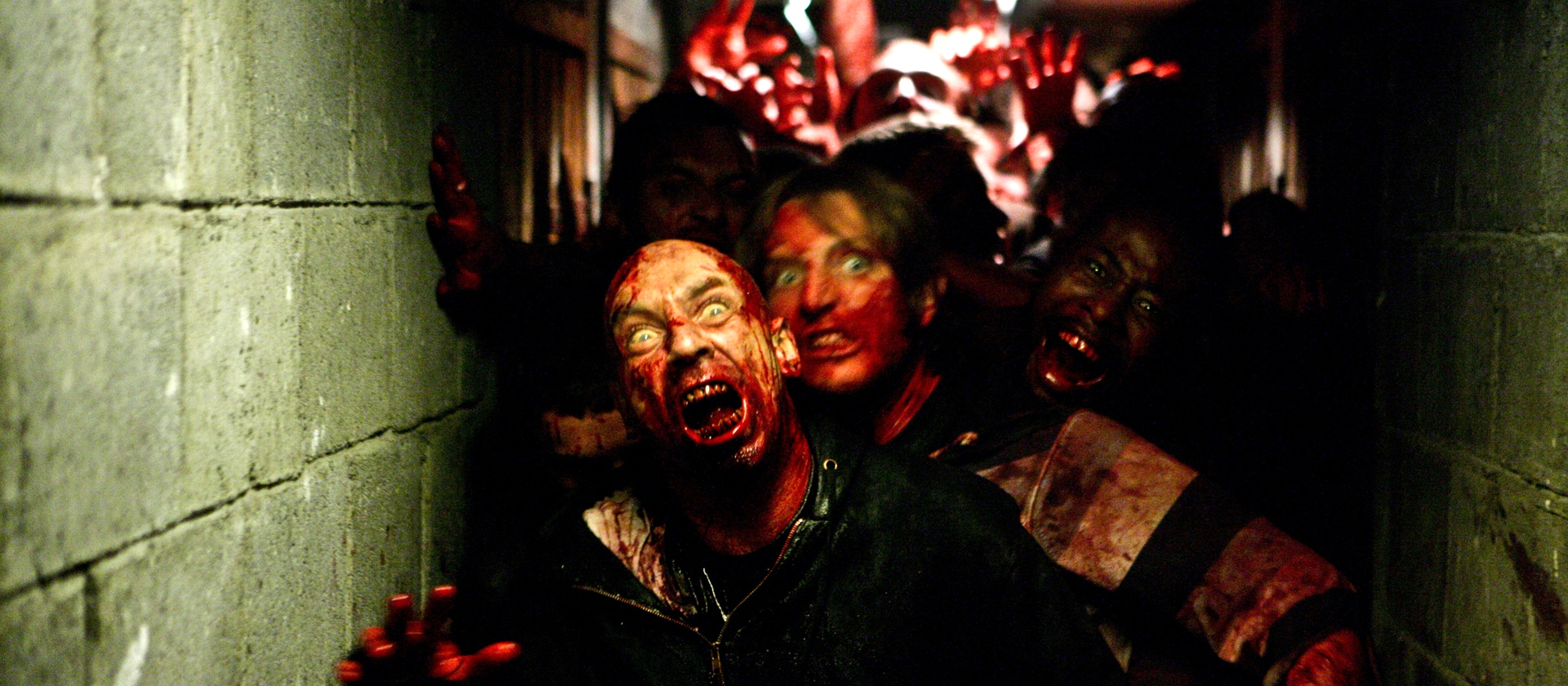
France
French folklore has always crawled with ghouls and les morts-vivants. Many a mec in Medieval France told tales of corpses returning from the grave, cursed by God or doomed to walk for their sins as tragic, tormented figures caught between realms.
Reanimation also haunted early French cinema, with Georges Méliès’ The Haunted Castle (1896) often cited as the first horror film ever made. The country’s love of the poetic macabre endured with 20th-century ghost stories and other modern existential riffs on the undead.
Despite sharing a border, France has never matched gut-muncher-loving Italy’s zombie output, but the baguette nation does have a few notable zombie efforts—including hosting Daryl Dixon for two full seasons. 2012 series The Returned (Les Revenants) offered a moody, dreamlike take on the dead returning to life, one that was eerie and philosophical rather than obsessed with gore.
Top movie pick: La Horde. Not as transgressive as the New French Extremity movement it brushes up against, but still a hardcore, nihilistic zombie splatterfest.
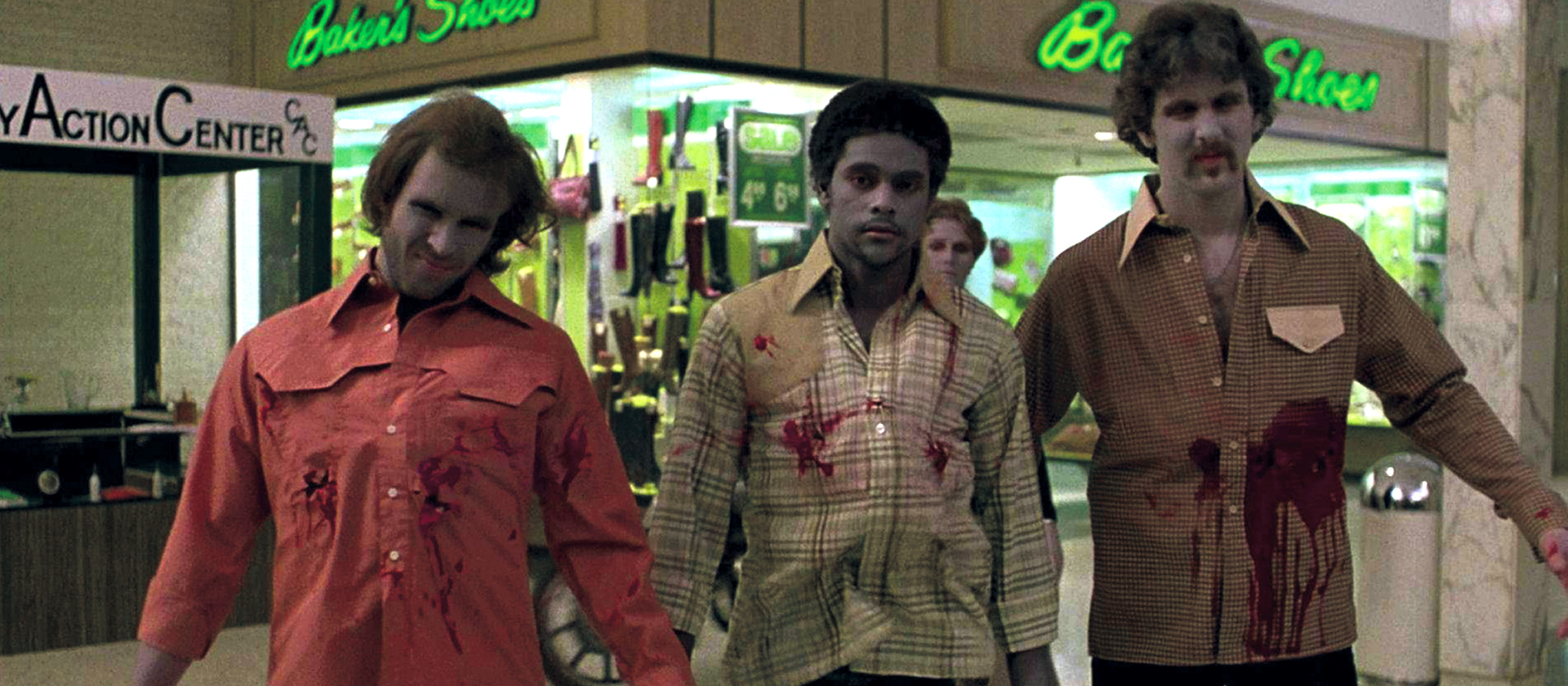
USA
While it lacks the centuries of revenant folklore seen across Europe, the US has more than made up for it with a tidal wave of flesh-eating pop culture over the past six decades. The popular zombie we all know today—contagious, brain-eating and apocalyptic—is largely an American invention. Early Hollywood flirted with Haitian voodoo in 1932’s White Zombie, but it was George A. Romero’s Night of the Living Dead in 1968 that truly defined the genre.
Romero set the rules for zombie carnage and wrote the playbook for using the undead to satirise American fear of militarism, racism, disease and other ills. The ’80s went campy and splattery with the likes of The Return of the Living Dead, the 2000s unleashed a faster, more frenzied breed, then the genre went mainstream and shockingly absent of blood or gore in 2013’s World War Z. It all paved the way for The Walking Dead to succeed as a sprawling, blood-soaked franchise juggernaut that shows no sign of dying.
Top movie pick: Dawn of the Dead. Romero’s 1978 sequel set the undead loose in a shopping mall, skewering consumerism and delivering some of the genre’s most iconic gore.
